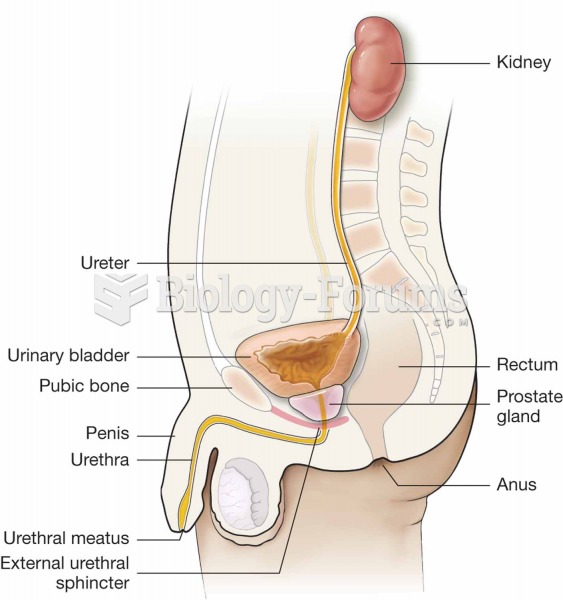Answer to Question 1
Correct Answer: 1
Rationale 1: The patient undergoing manual removal of the placenta will need either IV sedation or general anesthesia. An IV is necessary.
Rationale 2: Anti-embolism stockings are used after major surgery that leads to immobility, thus increasing the risk of embolism. However, anti-embolism stockings are not needed for this patient because manual removal of the placenta is not major surgery and does not lead to post-procedure immobility.
Rationale 3: The patient's partner or family member, or a nursery nurse, can feed the infant. The patient is at risk for excessive blood loss due to retained placenta, and preparation for manual removal of the placenta is a higher priority at this time.
Rationale 4: The placenta might be sent to pathology after it is removed, but preparing the patient for manual removal of the placenta now is a higher priority.
Answer to Question 2
Correct Answer: 1
Rationale 1: Squatting increases the diameter of the pelvic outlet and might facilitate vaginal birth when cephalopelvic disproportion is a risk.
Rationale 2: A patient with a large fetus and a small pelvis has a higher-than-average chance of needing a cesarean. This patient should either be given only clear liquids or be n.p.o. to reduce the risk of aspiration should a cesarean need to be performed.
Rationale 3: The cervix is normally assessed when the patient's labor status appears to have changed, or in order to determine whether cervical change is taking place. The cervix would be assessed more frequently if a patient was in the active phase of labor and cephalopelvic disproportion was a risk. Every eight hours is too far apart.
Rationale 4: Although it is true that labor with a large fetus and a small pelvis could be prolonged, informing the couple of this fact is a psychosocial intervention. Physiologic interventions are a higher priority.







